On 12 April 1945 the Berlin Philharmonic gave its last performance. The atmosphere in Germany was apocalyptic, the Allied invasion was expected at any moment. The concert playlist had been devised by Hitler’s architect, Albert Speer, and included Brünnhilde’s last aria and the finale from Wagner’s Götterdämmerung, the ‘twilight of the gods’. There were reports that members of the Hitler Youth offered the audience cyanide capsules at the end.
Such was the grotesque theatre of the Nazi death cult; Speer was chief set-designer for the Reich, devising the Nuremberg Parade Grounds and the megalomaniacal concept of ‘Ruinenwert’ (‘ruin value,’ or buildings that decayed ‘well’.) These schemes were now inflected with macabre irony, as Hitler planned his own Führer-dämmerung. ‘Evil be on earth,’ goes the Icelandic Edda Völuspá, describing the twilight of the gods as ‘a wind-age, a wolf-age/ no man to another shall mercy show.’ The earth sinks into the sea, the sun turns black, the sky is scorched with fire.
A few days before the Berlin concert, Goebbels argued, preposterously, for the redemptive effects of the Nazi apocalypse: ‘We are bearing a heavy fate because we are fighting for a good cause, and are called bravely to endure the battle to achieve greatness.’ Within weeks, Hitler was dead. German cities lay in ruins, their inhabitants, as Stephen Spender wrote, reduced to the status of ‘parasites sucking at a dead carcass’. The world lay in ruins, and perhaps as many as 85 million people had lost their lives. Then there were the wounded, those who had endured rape and torture, the displaced, refugees moving through annihilated lands, many of them with little chance of survival.
What was it like to be there, when the world was destroyed and unfathomable numbers were dead, or ‘starving, or bent on bloody revenge’? This is the central concern of Ian Buruma’s latest book, Year Zero: A History of 1945. ‘What happened just after the most devastating war in human history?’ he asks. ‘How did the world emerge from the wreckage?’
Buruma is a distinguished and eclectic author, whose work ranges widely across Asian history and contemporary geopolitics. In Bad Elements (2001) he travelled through China, the US, Singapore and Taiwan, compiling a unique archive of the lives of Chinese dissidents. In Year Zero, his reach is equally broad. He offers a brilliant panoramic survey of what Ian Kershaw calls the ‘hinge year of the 20th century’, combining official reports, eye-witness accounts, news articles, diaries and letters.
He begins with the wild, joyful scenes in Allied countries as peace was announced. In London, ‘cheering, dancing, laughing, uncontrollable crowds mobbed buses, jumped on the roofs of cars … kissed policemen and dragged them into the dancing’. In New York, ‘500, 000 people celebrated in the streets.’ In Paris, on the Place de la République, a reporter for Libération watched ‘a moving mass of people, bristling with allied flags’. There was a widespread hope, Buruma suggests, that ‘the year 1945 would be a blank slate; history would be happily discarded; anything was possible.’ The sufferings of nations would be somehow redeemed and dignified by a ‘new dawn’; civilisation would rise like a phoenix from the flames. He adds: ‘Some recollections of the early days of liberation have a distinct air of religious exultation.’
Yet, a few weeks earlier, British forces had reached Bergen-Belsen, finding ‘piles of corpses and barracks stinking of excrement and rotting flesh’. At a subsidiary camp to Buchenwald they found, ‘corpses like smashed dolls amidst the prisoners who were too weak to get up’. ‘Blood had caked the ground around the bodies into pancakes of red mud,’ wrote one witness. Allied soldiers were completely unprepared for what they found. Eisenhower wrote, ‘I never dreamed that such cruelty, bestiality and savagery could exist in this world.’ It is estimated that there were 8 million ‘displaced people’ in Germany in May 1945, and 3 million more in other parts of Europe, as well as 6.5 million Japanese stranded in Asia and the Pacific.
The Allied powers were faced with one ‘harrowing choice’ after another. At times, reformist zeal gave way to depression, as even victorious nations were plunged into further austerity. The American author Edmund Wilson found a market in Holborn where nothing was being sold except foul-smelling piles of dead crows. Rome, Wilson added, was ‘more fetid and corrupt than ever’. Spender, sent to France, found an ‘invisible ruin’, and in Germany an ‘eerie silence’ had settled over the land.
For Simone de Beauvoir, ‘The Libération offered no new hopes. In a way, this end was like a sort of death.’ The postwar landscape was nightmarish and strange, an underworld, and yet it was where the living were forced to reside. The homeless lurked in underpasses and ruined buildings, looming from the darkness, ‘less human than feral’. Marguerite Duras found herself screaming in horror at her weary, unrecognisable husband who had finally returned from the war. Buruma identifies and analyses a post-war battle of consciousness, between those who wanted to forget everything, to return to pre-war ‘normality,’ or move towards the ‘new dawn’, and those who felt it was ‘of paramount importance’ to confront the recent past. In Germany, local residents were forced to walk through the camps, many of them reluctant and angry, ‘vomiting around the pits filled with blackened corpses’. In London, cinema-goers who found they were ‘unable to stomach atrocity newsreels’ were prevented from leaving by British soldiers.
Meanwhile the Hungarian-Jewish author Imre Kertész, who survived Auschwitz and Buchenwald, has the protagonist of his novel Fateless struggle back to Budapest, only to be told by his impatient, unsympathetic neighbours that he must ‘forget the terrors’. Many others had a vested interest in fostering amnesia. Yet, as Buruma writes, ‘the idea that the world as it was before the war could simply be restored, as though a murderous decade… could be cast aside like a bad memory, was surely an illusion.’
After the further revelations of Nuremberg, the dropping of two atomic bombs, pandemics across defeated nations, famines and despair, ‘the high hopes of the spring of 1945 were fading,’ and the year ended on a ‘mixed note of gratitude and anxiety’. The utopianism, the dreams of a better world, couldn’t last. ‘Nothing ever does,’ writes Buruma in his closing paragraphs.
But that is no reason not to pay tribute to the men and women who were alive in 1945, to their hardships and to their hopes and aspirations, even though many of these would turn to ash, as everything eventually does.
After what Vasily Grossman described as the ‘mad acts carried out in the name of universal good and the glory of states’, what remained? Just ordinary human experience, stripped of maxims and absolutes, just the beauty and ambivalence and agony of ordinary life.
Year Zero is a major achievement, a book of many parts, which commemorates a generation, as they stood on the brink of an unknown future, which has now become the ‘long dark shadow’ in which we live.
Got something to add? Join the discussion and comment below.
Get 10 issues for just $10
Subscribe to The Spectator Australia today for the next 10 magazine issues, plus full online access, for just $10.
You might disagree with half of it, but you’ll enjoy reading all of it. Try your first month for free, then just $2 a week for the remainder of your first year.

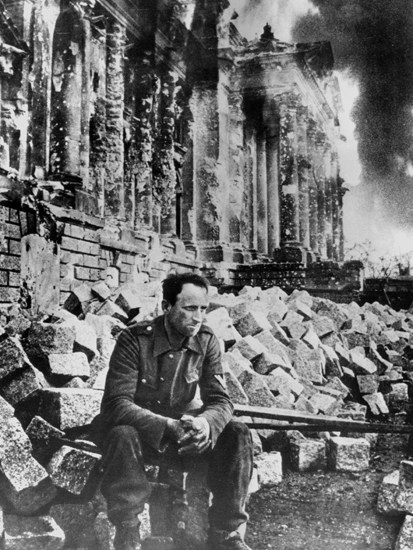
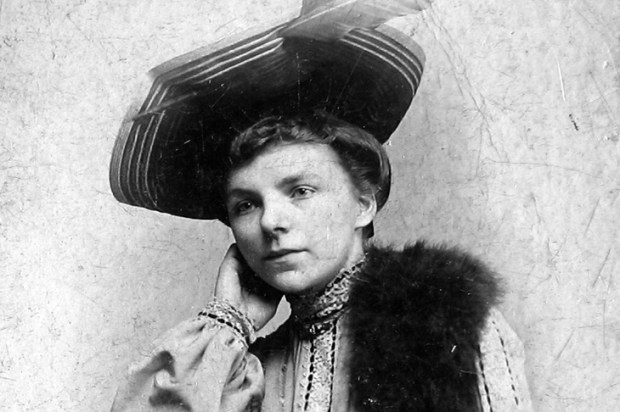
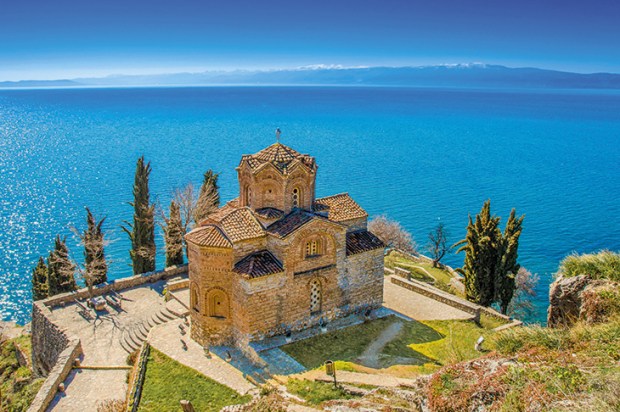
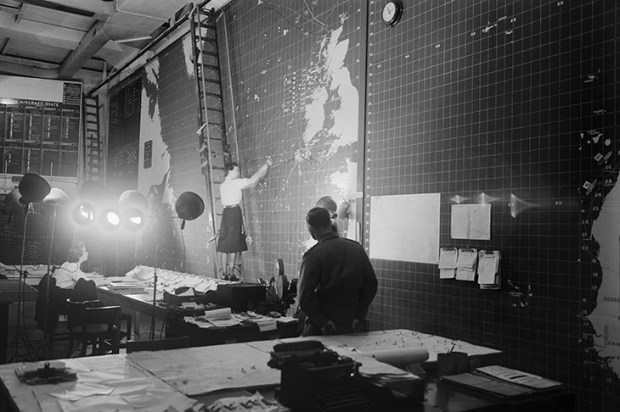
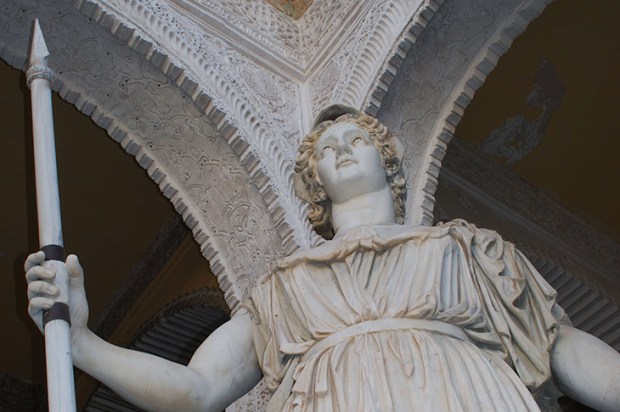
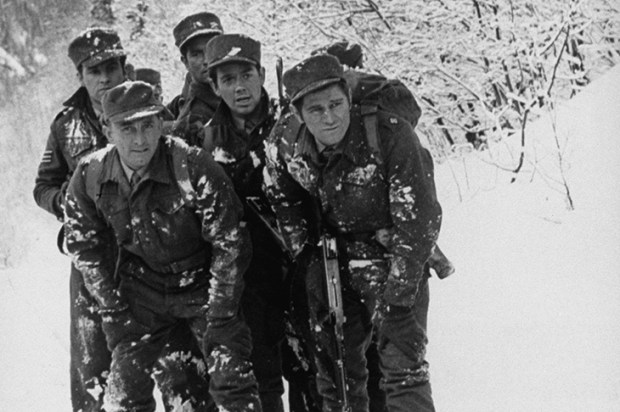
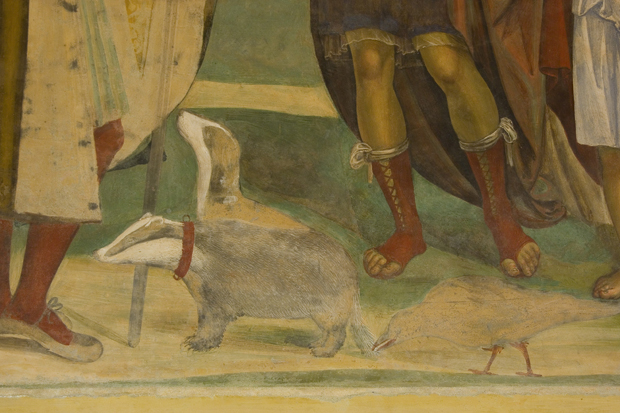






Comments
Don't miss out
Join the conversation with other Spectator Australia readers. Subscribe to leave a comment.
SUBSCRIBEAlready a subscriber? Log in